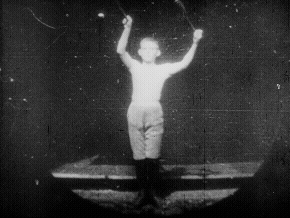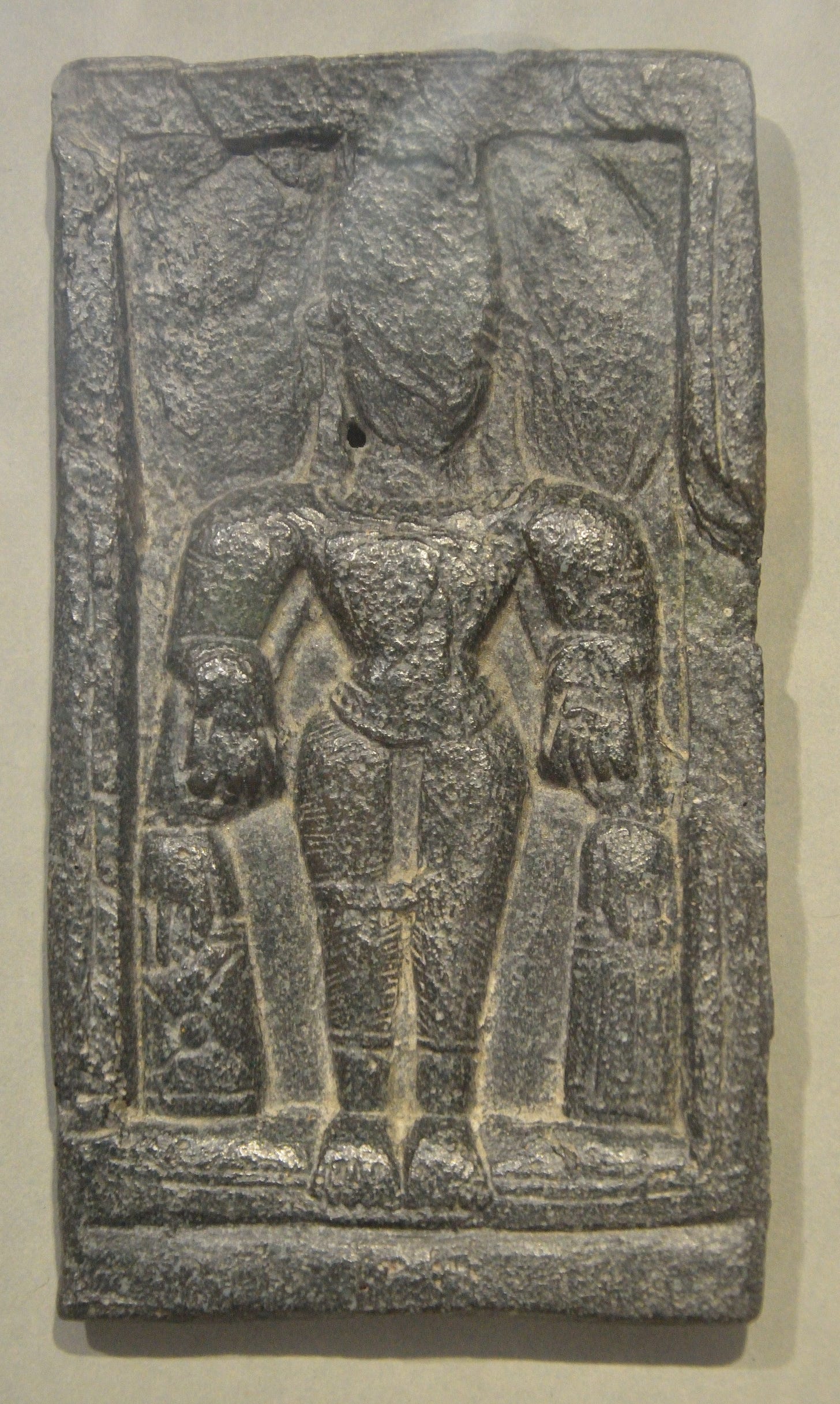Early films, like those made with the kinetograph, a peephole motion picture camera, conceptualized by Thomas Edison and developed by his associate William Kennedy Laurie Dickson at Edison Labs in New Jersey; were seconds-long clips that would have been the ideal type of content if TikTok and Instagram were around then.

In Edison labs’ twelve-second film, Newark Athlete No. 1. (1891), a young man twirls a pair of wooden clubs over his head at lightning speed. It feels a little uncouth to compare early film and contemporary online video clips; but as an example of a motion picture, its repetitive nature and depiction of a theme that’s topical and trendy to the time, is quite on par with the vignettes many of us produce and share online.
This comparison of early and contemporary media is part of an enduring system of capitalist-driven culture. Before today’s plethora of Instagram/TikTok/YouTube fitness influencers and entrepreneurs (and/or snake oil salespersons), there were the capitalists and trendsetters of yesteryear who found ample success in marketing fitness and wellness ideologies to the masses.
Author Daniel Elkind articulates this in an essay titled “Eastern Sports and Western Bodies,” which was published on Public Domain Review. What first attracted me to the article was an Instagram post from Public Domain Review’s feed, which featured an illustrated diagram of a man exercising with an Indian club.
The Indian club is a wooden object that can be swung, twirled and lifted as a form of strength conditioning and cardiovascular fitness training. Generally, these clubs are lighter in weight, but can be 100+ pounds, although the latter size is less common today. Like kettlebell and mace (which are somewhat similar to the clubs) training, workouts with Indian clubs are often more choreographed, with a focus on swinging and moving them in specific patterns, complexes and flows.

As the name suggests, the Indian club’s origins are traced to the Indian subcontinent, as well as Persia (Iran), dating back to the fourth century BC. In Persia, these clubs were called meels, and there are historical Indian and Persian scripts that discuss club swinging as conditioning, agility and strength building exercises for wrestlers and soldiers alike.
A lighter weight variety of Indian clubs became trendy in nineteenth century fitness regimens throughout the United States and Europe. In Germany, Indian clubs were a part of highly choreographed routines within fitness social groups known as Turning societies. These groups were based on the pedagogical theories of Johann Christoph Friedrich GutsMuths, who wrote the first published manual on modern gymnastics techniques and methodology in 1793. The popularity of acrobatic club swinging culminated in its becoming an Olympic sport. In the 1904 Summer Games in St. Louis, Missouri, the United States swept the podium in the club swinging event.
The use of clubs and other fitness equipment from Eastern civilization permeated Western civilization. They were conveniently produced and marketed by various entrepreneurs. This production and consumership went hand-in-hand with the advance of the burgeoning Westernized dogma of individualism; and the concept of “Muscular Christianity,” which was a term coined by English author Thomas Hughes, who wrote “the least of the muscular Christians has hold of the old chivalrous and Christian belief that a man’s body is given to him to be trained and brought into subjection, and then used for the protection of the weak [and] the advancement of all righteous causes.”
Horace Fletcher, an American “food faddist” who dabbled in Indian club swinging, was an early proponent of commercializing self-improvement through shaming potential consumers into rituals of “self-care;” as his quote in Sunset Magazine makes evident: “I was once a person who thought that health and disease, misery and happiness, were all pretty much matters of chance, haphazard-happenings like dice-throwing in the game of life….From that time to this, I have known that everything that happened to me was my own fault, or my own reward.”
The ideology of a miraculous transformation of one’s health, struck a chord with so many people in nineteenth century Western society, and still does today. Of course, we know that exercise is not a silver bullet (hello, germ theory!), but it does have enormous benefits on our overall physical and mental health.
The Indian club trend emphasizes the appropriation of Eastern culture within a mass consumer and convenience driven Western world. Before there was a yoga studio in every city and even small town in America, there were social clubs dedicated to Indian club workouts. Non-Eastern practitioners of yoga and ritual-based gymnastics like meel swinging, allude to the origins of these fitness methods, but reprogram them within a clearly Americanized system. Diet and exercise programs with Eastern origins are all the rage across gyms and within online wellness platforms.
The “Eastern” facets in these instances are manipulated in a manner that suggests token shamanism and wisdom; the typical stereotypes of South Asians as “model minorities.” Isn’t it convenient that Americans and Europeans love foreign concepts of health and wellness, while at the same time eschewing and degrading the people from these same cultures they’re capitalizing off of?
Thanks for reading Artfully Exercising!
Show me some ❤️
I’d be grateful if you’d take a moment to hit the “heart icon” on this post to show your appreciation (and boost this post within the algorithmic sea that is social media).
Consider subscribing 📩
Artfully Exercising is a reader-supported publication about art and fitness. To receive new posts and support my work, consider becoming a free or paid subscriber:
Documenting my physical and mental health journey in the form of Artfully Exercising has been a labor of love, which takes a lot of (well spent) time, energy and resources to write the content you receive in your email boxes. If my writing has given you any sort of inspiration and enrichment, please consider making a contribution by becoming a paid subscriber or making a one time contribution.
If you are not ready to become a paid subscriber, you can support my work with a one pledge at a monetary value of your choice:
Let’s continue the conversation 💬
If what I’ve written resonates with you, and/or you want to share your thoughts, please leave me a comment! One of the most rewarding things about writing is getting feedback and making connections with others!



